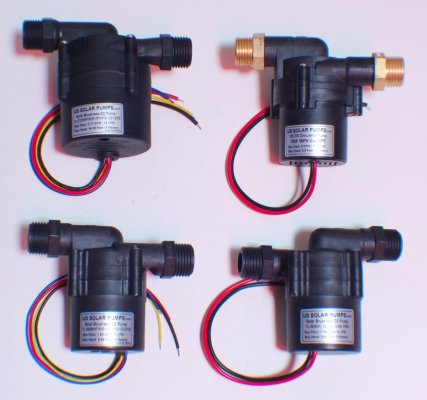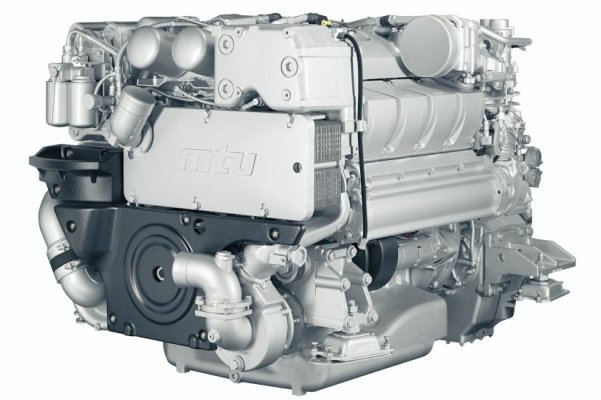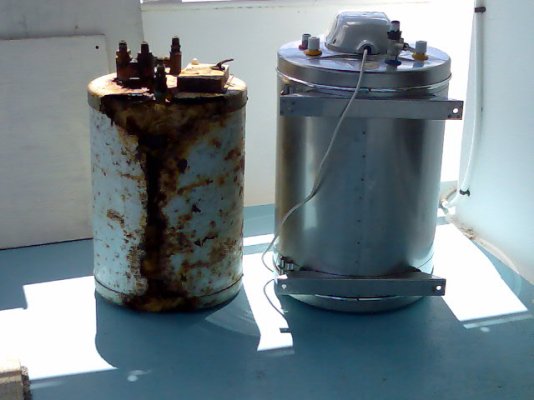Ignition protection in an electric water heater would be the thermostat. The thermostat would have to be designed to be ignition protected i.e. designed either to not produce a spark or to isolate any spark from potentially explosive vapors.
When thinking of things like ignition protection, I am not concerned with insurance (which would be in force regardless), but with the safety of myself and my family.
Not too long ago, a boat exploded and burned just after being launched at a local boat ramp. Fortunately, the people were able to get off without injury but it could have ended differently if they had been away from land.
When thinking of things like ignition protection, I am not concerned with insurance (which would be in force regardless), but with the safety of myself and my family.
Not too long ago, a boat exploded and burned just after being launched at a local boat ramp. Fortunately, the people were able to get off without injury but it could have ended differently if they had been away from land.







